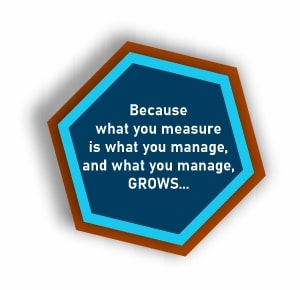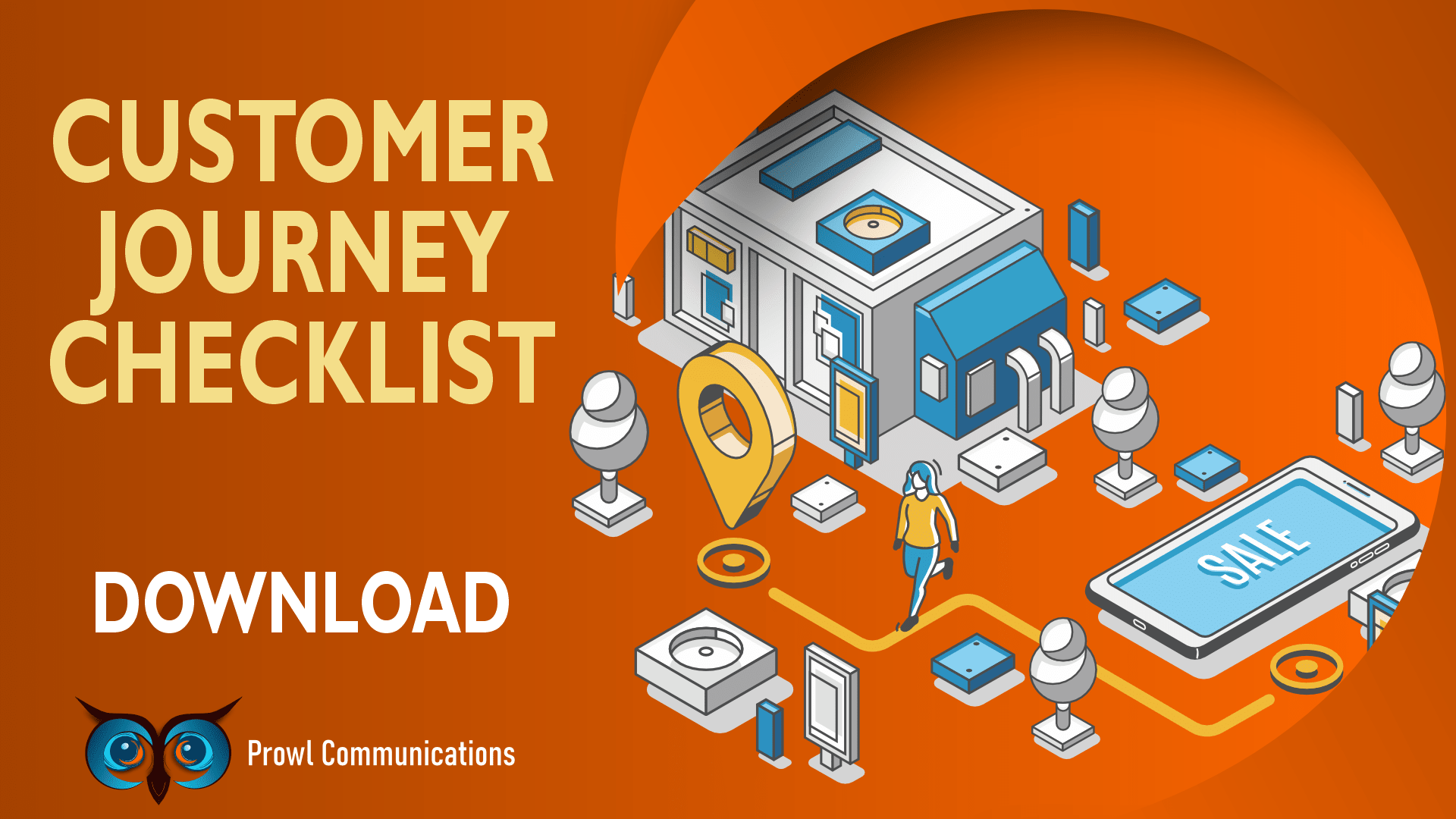If you’re not measuring the right things, you might be making confident decisions based on incomplete—or worse, misleading—information. What you measure is what you manage, and what you manage, GROWS.

In a recent Business Accelerator Advisory Board (BAAB) session, a member said something that stopped the room cold:
“We think we’re doing fine… but honestly, I don’t have the numbers to back it up.”
And that’s the problem.
Too many business owners are making decisions based on gut instinct, not real data. They’re busy. They're stretched thin. And they're tracking what’s easy, not what’s meaningful.
If that sounds familiar, it’s time to talk about KPIs—Key Performance Indicators.
 What Exactly Are KPIs (and Why Should You Care)?
What Exactly Are KPIs (and Why Should You Care)?
KPIs are measurable values that show how effectively your business is achieving key objectives.
They are your business’s scoreboard—not just to see if you're winning, but to help you change the game if you're not.
They’re not just “metrics.” They’re signals.
And more importantly:
If you’re not measuring the right things, you might be making confident decisions based on incomplete, or worse, misleading information.
What Happens When You Don’t Track KPIs Properly?
Let’s paint a quick picture:
- You're getting leads, but conversions are flat.
- Sales are coming in—but you’re still scrambling for cash flow.
- Your website gets traffic, but no one’s buying.
- Sales numbers are good, but there's no profit.
Without KPIs, your business feels like it's moving—but you’re not sure if it's forward or in circles.
You end up:
- Making guesses instead of strategic decisions
- Wasting time chasing the wrong opportunities
- Feeling stuck despite being busy all the time
So… What Should You Be Measuring?
There’s no one-size-fits-all KPI list. But if you're a B2B business, here are a few non-negotiables:
KPI | Why It Matters |
| MRR (Monthly Recurring Revenue) | Shows stability and scalability in your income |
| CAC (Customer Acquisition Cost) | Tells you how much it really costs to get a new client |
| LTV (Customer Lifetime Value) | Helps determine how much you should spend on acquiring a client |
| Conversion Rate | Reveals if your marketing and sales are aligned and working |
| Lead-to-Customer Rate | Connects marketing performance to sales output |
| Churn Rate | Indicates client retention and satisfaction issues |
| Sales Close Rate | Helps forecast accurately and train your sales team effectively |
And don’t forget operational metrics: project delivery times, rework percentages, time-to-close, etc.
It’s Not Just What You Track—It’s How You Track It
Another mistake? Having your data scattered across dashboards, spreadsheets, and someone’s inbox.
If it’s not easy to access and interpret, no one will look at it.
Ask yourself:
Do you prefer one master dashboard or separate reports?
Are you visual (charts) or analytical (raw numbers)?
Is your data being updated automatically, or manually?
Do you review numbers weekly, monthly, quarterly—or when there’s a crisis?
We use a hybrid approach - somethings just need to be visual for them to make sense and be easily visible...
- Dashboards via Zoho Analytics
- Spreadsheet trackers (lead scorecards, MRR growth)
- Visual mapping tools like Milanote for journey and process gaps
The key is to choose tools and formats that make your data useful—not just stored. You Can’t Grow What You Don’t Measure. Your business doesn’t need more complexity. It needs clarity.
You Can’t Grow What You Don’t Measure. Your business doesn’t need more complexity. It needs clarity.
KPIs aren’t just a reporting tool. They’re a growth tool.
They tell you when to double down, when to pivot, and when to step on the brakes.
So ask yourself:
What are you measuring right now?
Is it enough to guide decisions?
Are your numbers based on fact or feel?
Ready to Build Metrics That Matter?
In our upcoming BAAB session, we’ll be walking members through how to build a KPI scorecard that supports their specific business goals, not a templated list.
If you’re tired of guessing and want strategic clarity, apply to join us.
Because what you measure is what you manage—and what you manage, grows.

